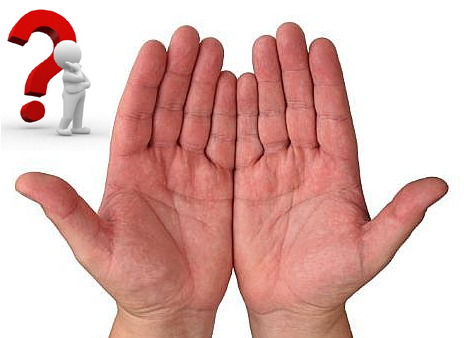|
• The hand in DOWN SYNDROME! _- Down syndrome case study 1 _- Down syndrome case study 2 • The hand in FRAGILE-X SYNDROME! _- Fragile-X syndrome case study 1 _- Fragile-X syndrome case study 2 _(In people with autism 2% to 6% have Fragile-X syndrome!) • The hand in DIABETES MELLITUS! • The hand in RHEUMATOID ARTHRITIS! • The hand in PSORIASIS! • The hand in SCHIZOPHRENIA! • The hand in EXTRAVERSION & INTROVERSION • MARFAN SYNDROME hand test! • The hand lines (palmar creases) • The simian line • The Sydney line • Fingerprints (+ dermatoglyphics) • The Hypothenar whorl • What can finger length reveal? • The 5th finger (pinky) • The fingernail tutor
EVERYTHING IS RELATIVE: FINGER LENGTH ALSO REQUIRES PALM LENGTH & PALM BREADTH! There are various approaches available for assessing finger length (which are presented below). However, none of these approaches has managed to present a satisfying result in the perspective of fundamental issues & practical purposes. Therefore a brand new approach for assessing finger length is presented here. The new approach is named the 'finger length index', which serves to represent a measure for finger length relative to palm size. The background + the advantages of the 'finger length index' are being discussed below. In a scientific perspective finger length measurements are usually made as an aspect of hand anthropmetry (see the picture below which represent anthropometric measurements according NASA). 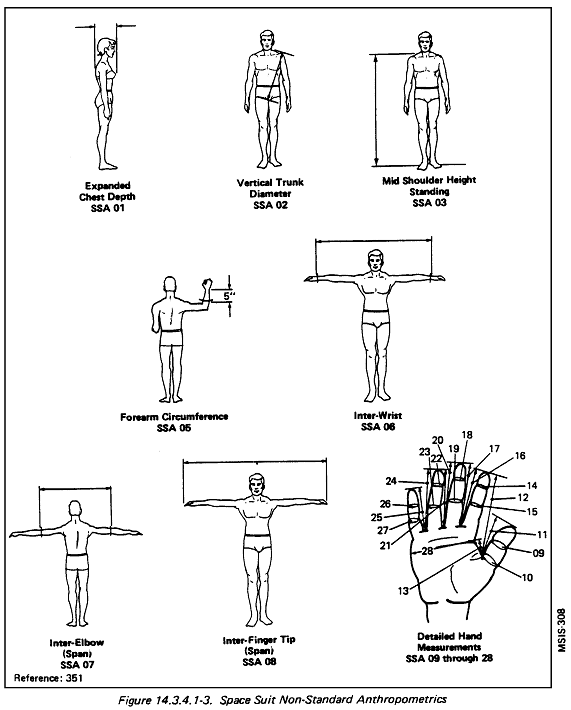
Assessing finger length is still considered in science as 'problematic' (Biesecker et al. 2009), however there are basically two approaches available that have become valueable to some extend: 1) Direct measures of finger length - more details are described in the article: 'Defining Morphology: Hands and Feet'. This approach is often used in reports about (individual) case studies, usually in the perspective of rare sydromes. 2) Defining finger length relative to palm length (as described by the MPA Waldrop scales) - more details are describe in the article: 'Minor physical anomalies in preschool children'. This approach is often used in studies where Minor Physical Anomalies (MPAs) are being used to study a specified group of people. Short fingers are defined in this perspective as follows: 'finger length to palm length ratio' < 0.4. In the field palm reading, hand analysis & chirology there are three relatively common approaches:  1) Studying finger length in the perspective of palm length is by far the most common approach; however, it is quite remarkable that many (most?) authors have presented their own private criteria (often featured with unrealistic estimates) in order to discriminate long fingers from short fingers.
1) Studying finger length in the perspective of palm length is by far the most common approach; however, it is quite remarkable that many (most?) authors have presented their own private criteria (often featured with unrealistic estimates) in order to discriminate long fingers from short fingers.
 2) A relatively small number of authors present guidelines for assessing finger length in the perspective of palm width (where finger length equals palm breadth is usually described as 'normal finger length').
2) A relatively small number of authors present guidelines for assessing finger length in the perspective of palm width (where finger length equals palm breadth is usually described as 'normal finger length').
3) And finally, some authors prefer to study finger length in the perspective of palm shape - this approach is e.g. used in 'Elemental Chirology' (one could wonder whether this really is about finger length, because in this approach 'normal finger length' is never presented as an option). 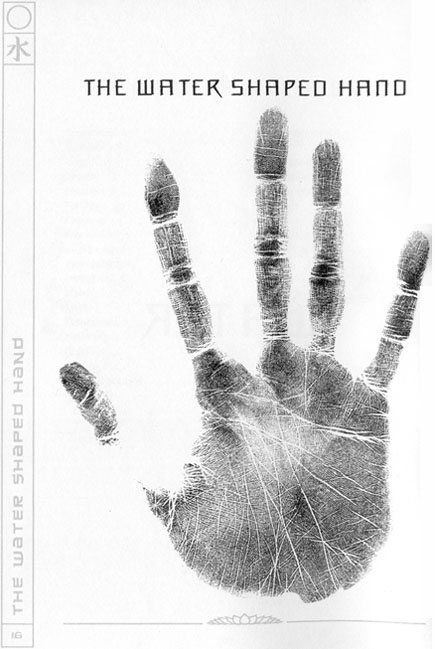
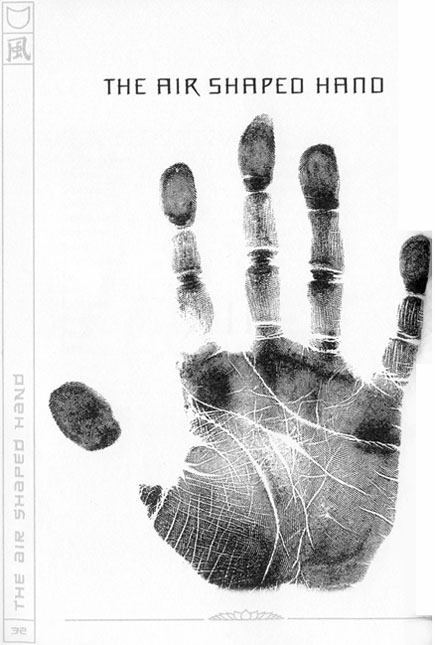
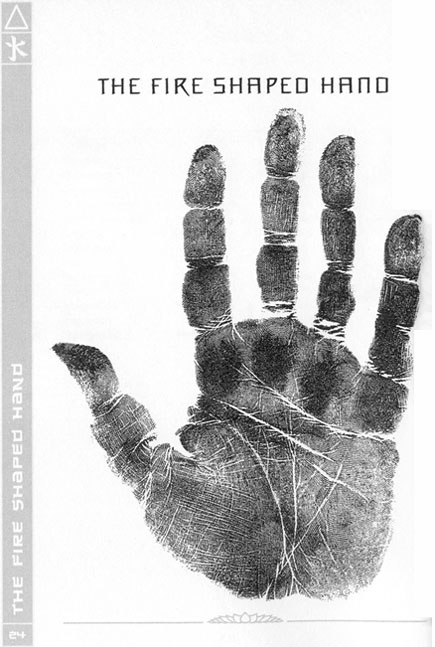
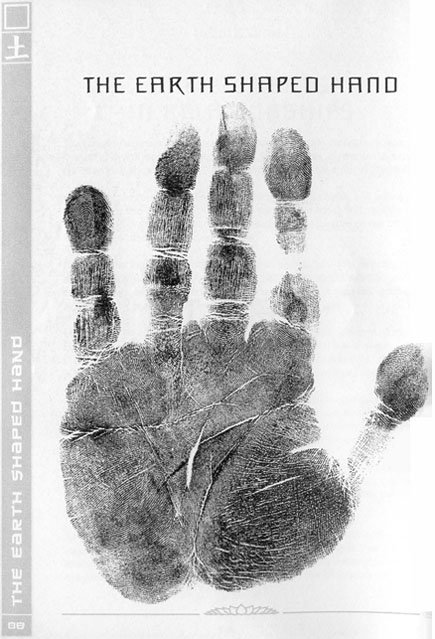
A fundamental problem regarding the issue of assessing finger length is that it requires a consideration of other dimensions of the hand (or body), in order to address any value to finger length. The 'finger length index' is presented here as a simple solution to encounter the effect of sexe (and for a large part ethnicity) by means of the following formula: The following guidelines can be used: - Extraordinary long fingers (dolichodactyly): finger length index > 0.960 - Long fingers: 0.900 < finger length index < 0.960 - Ordinary fingers: 0.847 < finger length index < 0.900 - Short fingers: 0.800 < finger length index < 0.847 - Extraordinary short fingers (brachydactyly): finger length index < 0.800. 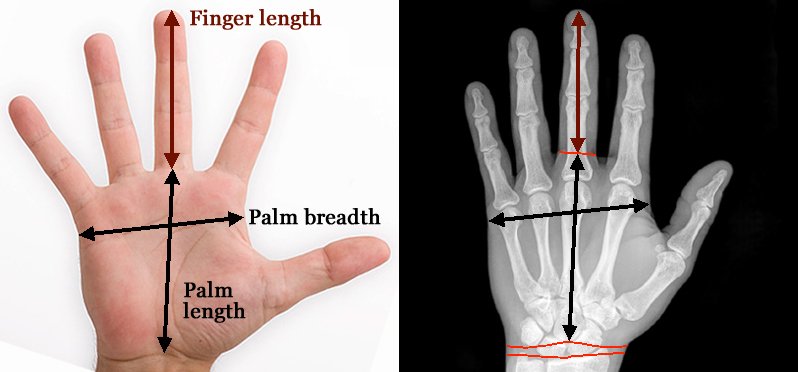
Finger length is measured from the tip of the 3th finger to the border crease with the palm. Palm length is measured from the border crease to the distal wrist crease (which is usually found at the midcarpal joint'- see the X rays hand example). Palm breadth is measured at the end of the metacarpals (typically the shortest distance between the start of the life line and halfway the ulnar palmar zone just above the heart line). After finding your 'finger length index', you can use the diagram below in order to look deeper inside your score by considering the (ab)normal finger length variations. The diagram e.g. describes how to discriminate normal finger length variations from various abnormal finger length variations - specified in terms of finger length to palm breadth and palm length seperately: - Ordinary finger length (fl) to palm breadth (pb) ratio is defined as (25th to 75th percentile): 0.935 < fl/pb < 0.990; - Ordinary finger length (fl) to palm length (pl) ratio is defined as (25th to 75th percentile): 0.715 < fl/pl < 0.785. More details inside the picture below + the JUNE 8, 2014 UPDATE: Discover the significane of 'extraordinary long fingers'! Finger length in the human hand: normal finger length variations vs. abnormal finger length variations: 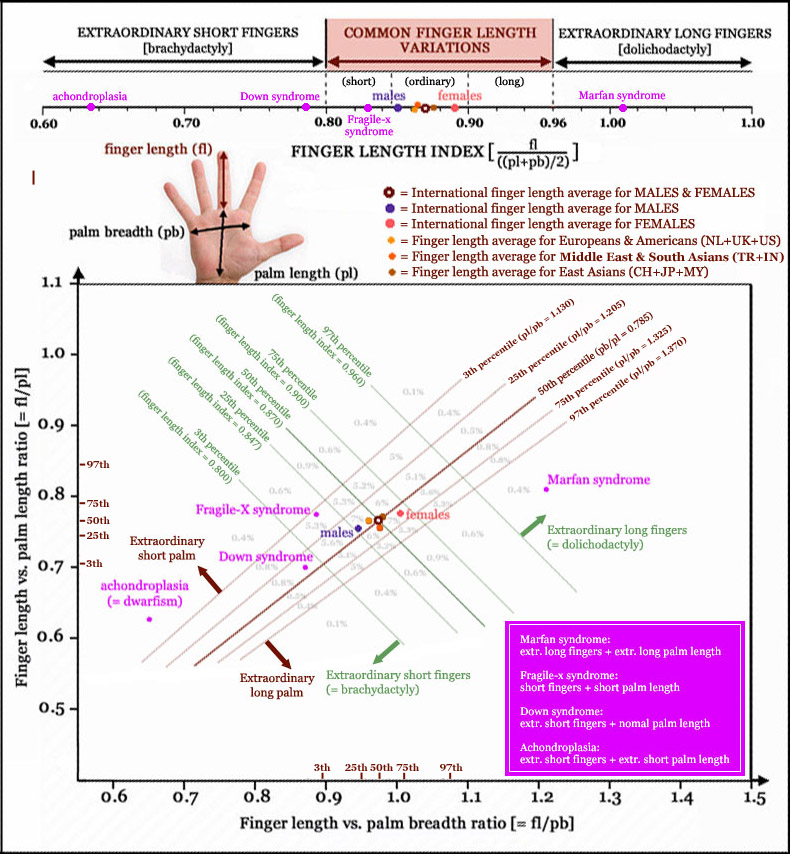
|
